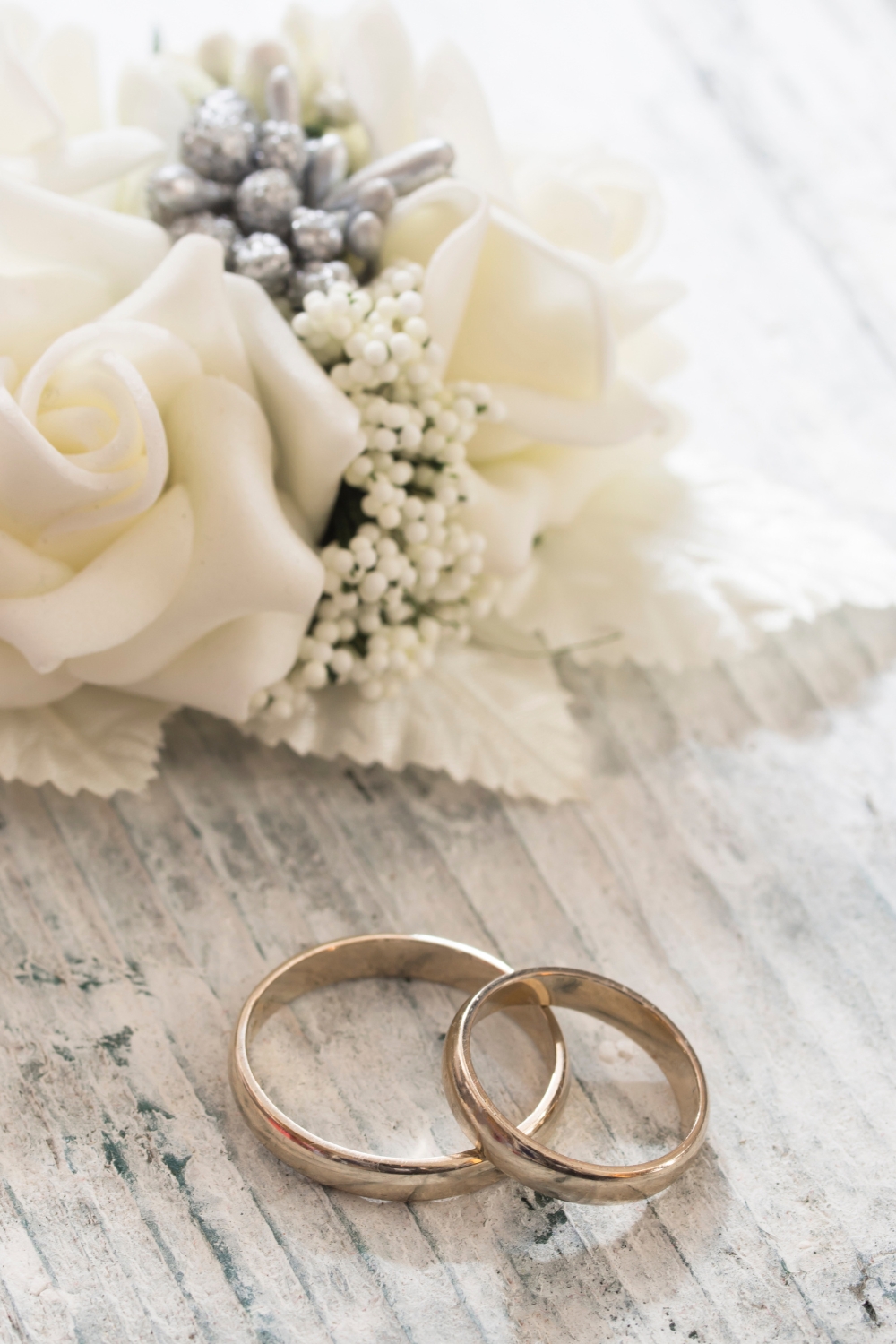Marriage, within the Bahá’í framework, is not merely a social contract or a legal obligation; it transcends these definitions to embody a profound spiritual union anchored in divine love and mutual devotion. This exploration of the Bahá’í teachings regarding marriage invites us to contemplate the deeper significance behind the symbolic act of placing a ring upon one’s finger, as it encompasses not only the joy of shared life but also the sacred duties that such a commitment entails.
At the outset, it is essential to recognize the long-standing historical and cultural significance of rings in marriage. Traditionally, the ring circles the finger, representing the infinite and unbroken nature of love, a potent metaphor for the journey undertaken by those who choose to embark on this sacred path. In the Bahá’í perspective, this symbolism is amplified by the teachings of Bahá’u’lláh, the founder of the Bahá’í Faith, which envisions marriage as a microcosm of the wider human experience of unity and cooperation.
Bahá’í writings elucidate several core principles associated with marriage that warrant consideration, beginning with the idea of partnership. In the Bahá’í context, marriage is depicted as a partnership characterized by mutual support, respect, and equity. This egalitarian approach to marital relationships stands in stark contrast to more traditional views that might emphasize hierarchical roles. This paradigm fosters an environment where both partners possess equal rights to share their thoughts, feelings, and aspirations, engendering a balanced and harmonious familial structure.
Moreover, the concept of a marital partnership in the Bahá’í teachings extends beyond the confines of personal gratification. It is, essentially, a collaborative endeavor aimed at spiritual elevation. The union serves as a vehicle for both partners to enhance their understanding of the divine and to cultivate virtues that facilitate personal and collective growth. Consequently, marriage can be construed as a sanctuary, a fertile ground where two souls converge, nurturing one another’s potential and aspiring towards a higher truth.
Another essential dimension of Bahá’í marriage is the sanctity of the marital bond, which is framed as a covenant between each partner and God. This divine aspect of marriage transforms it into a sacred duty, reminding individuals that their relationship has spiritual underpinnings and responsibilities. The presence of this transcendent element urges partners to ensure their conduct is imbued with moral rectitude, thus allowing the bond to flourish in both earthly and spiritual domains.
In addressing the question of whether to adorn oneself with a ring—the physical symbol of commitment—one must consider the act as a manifestation of intention. The ring is a visible reminder of the vows exchanged, serving as an affirmation of the solemn pledges made to one another. It communicates the seriousness of the commitment and the promise held within. As it glistens on the finger, it becomes both a private token of affection and a public emblem of devotion, binding the couple not just to each other but to their shared spiritual journey.
Furthermore, Bahá’í teachings emphasize the importance of preparation and understanding prior to entering into marriage. Comprehensive education about the responsibilities accompanying marriage is fundamental, ensuring that individuals approach this sacred union with wisdom and clarity. Couples are encouraged to engage in deep conversations about their values, aspirations, and visions for the future. Such dialogues lay the groundwork for a resilient partnership anchored in shared beliefs and common goals.
The Bahá’í ethos also underscores the importance of family and community in supporting marital relationships. Families play a pivotal role in nurturing the principles of love, patience, and forgiveness, which are essential for sustaining enduring unions. Therefore, the act of putting a ring on one’s finger can be viewed as a commitment not only to one another but also to the wider community, recognizing the interconnectedness of individual relationships within the tapestry of society.
In examining the spaces where Bahá’í teachings and the act of exchanging wedding rings intersect, it is prudent to note the necessity of continual growth and adaptation within a marriage. As partners evolve over time, so too must their relationship. The rings that adorn their fingers should resonate with the dynamic nature of their journey, evolving alongside their commitments and shared experiences. It is crucial to embrace change as part of the sanctified agreement, allowing for the ebb and flow inherent in any meaningful partnership.
In addition to personal commitment, the Bahá’í perspective on marriage advocates for an active pursuit of harmony and social justice within the marital relationship. The couple is called to advocate for fairness, equality, and the rights of all individuals, thereby exemplifying the principles promulgated by Bahá’u’lláh. The fusion of personal fulfillment with broader social responsibilities creates a more vibrant and purposeful union, rendering the act of placing a ring upon one’s finger deeply significant.
Ultimately, the question of whether to “put a ring on it” as a reflection of Bahá’í teachings invites profound introspection. It leads one to ponder the depth of one’s commitment and the spiritual dimensions of love that marriage encapsulates. The act of wearing a ring transcends its material form, representing a promise made not only to a partner but also to oneself and to the collective human spirit. As such, the ring becomes not only a piece of jewelry but a radiant symbol of unity, dedication, and divine purpose within the sacred institution of marriage.
